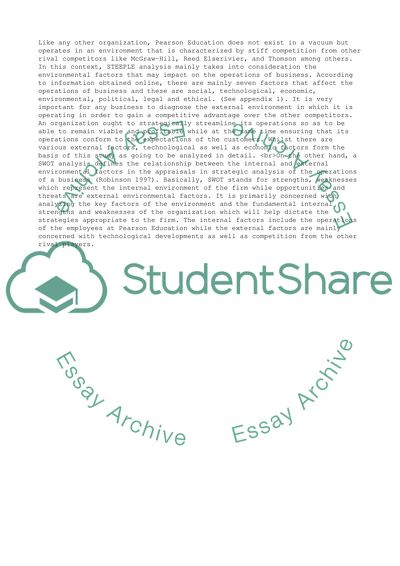Cite this document
(“Pearson Education Company and Its External Factors Essay”, n.d.)
Pearson Education Company and Its External Factors Essay. Retrieved from https://studentshare.org/business/1559437-case-study-assignment-of-pearson-education-company
Pearson Education Company and Its External Factors Essay. Retrieved from https://studentshare.org/business/1559437-case-study-assignment-of-pearson-education-company
(Pearson Education Company and Its External Factors Essay)
Pearson Education Company and Its External Factors Essay. https://studentshare.org/business/1559437-case-study-assignment-of-pearson-education-company.
Pearson Education Company and Its External Factors Essay. https://studentshare.org/business/1559437-case-study-assignment-of-pearson-education-company.
“Pearson Education Company and Its External Factors Essay”, n.d. https://studentshare.org/business/1559437-case-study-assignment-of-pearson-education-company.


